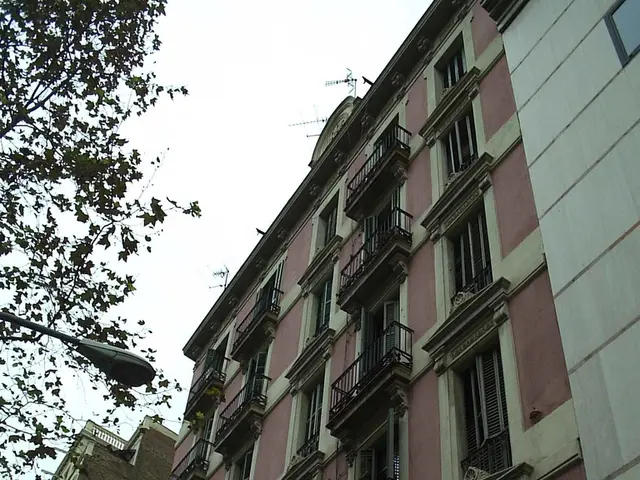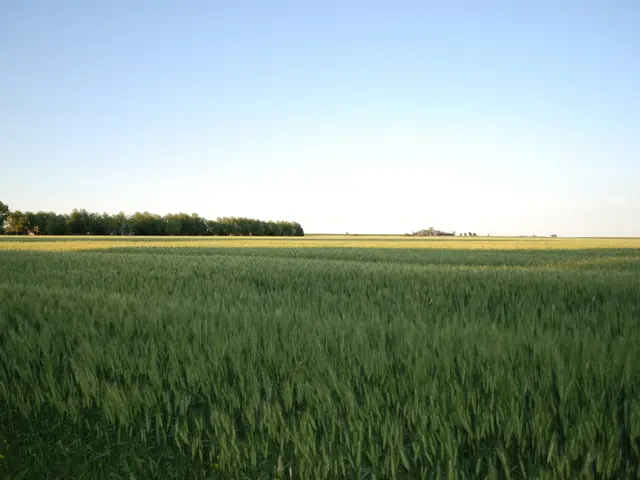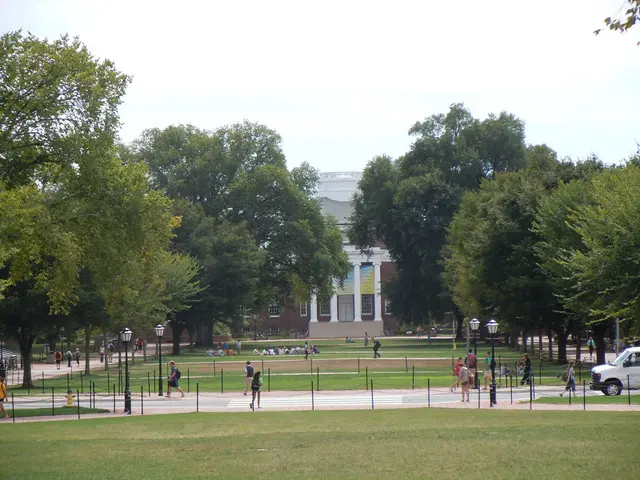China's shift towards a greener steel industry serves as an economic wake-up call for Australia
============================================================
As China continues its transition to a low-carbon model, the future of Australia's key exports, including coal and iron ore, is uncertain. Australia's iron ore and metallurgical coal exports make up about 55% of its exports to China, and this relationship is now undergoing a significant shift.
Recently, Prime Minister Anthony Albanese's trip to China may have marked a turning point, establishing a new policy dialogue on steel decarbonisation between the Australian and Chinese governments. This dialogue is intended to align on standards, contracts, and investment frameworks for green iron, hydrogen, and low-carbon steel, not just for iron ore.
Australia is adapting its exports to China's decarbonization needs primarily by investing in the development of green steel compatible materials. Major mining firms such as Fortescue are committing to net-zero emissions and developing green iron products suited to hydrogen-based steelmaking, as traditional metallurgical coal demand declines with China shifting to cleaner steel production methods.
Key strategies include developing green iron pellets, industry commitments to net-zero, bilateral strategic engagement, and diversifying export profile and partnerships. Australia's iron ore reserves are mostly hematite, which is less suitable for direct reduction (a key green steelmaking technique using green hydrogen). To adapt, Australia is investing in R&D to upgrade or process this ore into forms compatible with China's green steel processes.
Major mining firms such as Fortescue aim for net-zero by 2030 without relying on offsets, seeking to align their product offerings with cleaner steel production, thus maintaining competitiveness in the evolving market. The Australian government has renewed dialogues with China, including a new Policy Dialogue on Steel Decarbonisation at the governmental and industry levels. Initiatives such as joint ventures between Australian miners and Chinese steelmakers indicate closer cooperation aimed at facilitating supply chain integration for greener steel production.
However, challenges face Australia, including declining demand for thermal and metallurgical coal due to China's renewable energy push and the need to transform iron ore products to meet the technical specifications for green steel. Given the long investment cycles in mining and steelmaking, Australia's choice to invest in greener products now will be crucial to avoid asset stranding in the future.
Christoph Nedopil, director of Griffith Asia Institute at Griffith University, suggests that Australia can no longer count on sustained demand for its coal and iron ore exports. The future of Australia's key exports is closely linked to its ability to attract international investors, including from China, to green energy and iron processing. New financial instruments, such as green steel certificates, may be needed to unlock investment for green energy and iron processing.
Recent decisions by Australia's Foreign Investment Review Board to block or unwind certain Chinese investments may impact Australia's ability to attract international investors. The real legacy of Albanese's trip could be economic, as turning the dialogue into real outcomes will require Australia to address difficult questions about securing demand from China for green supply contracts.
Beijing has expanded its national emissions trading scheme to cover steel production, and green steel certificates would allow producers to generate a credit for producing green steel that can be sold to interested "green" buyers. China has installed enough electric arc furnaces to produce more than 160 million tonnes of steel annually, and the real legacy of Albanese's trip may be in ensuring Australia's place in this emerging market.
In conclusion, Australia's approach hinges on technological adaptation of iron ore products, corporate net-zero commitments, and strengthened bilateral dialogue with China to align export strategies with China's decarbonization goals in steel production. The future of Australia's key exports depends on its ability to green its exports to meet China's decarbonisation needs.
- Sustainability in steel production is a key focus for Australia, as it aligns with China's SDGs and decarbonization needs, particularly in the production of green buildings.
- The Australian government and major mining firms are investing in R&D to develop green iron pellets and green iron products for hydrogen-based steelmaking, thinking ahead for the future of the environmental-science industry.
- Renewable energy, such as hydrogen, is becoming increasingly important for the green steel industry, as traditional steel production methods shift towards cleaner alternatives.
- The science and technology behind green steel manufacturing are crucial for the Australian industry to remain competitive and sustain its business relationships with China in the evolving green energy market.
- Education-and-self-development plays a role in fostering the internal growth required for the green transition in the Australian industry, helping businesses adapt to the changing demands of the global market, including the need for clean energy and carbon reduction strategies.
- Sporting events, such as the 2032 Olympics in Brisbane, can serve as platforms to showcase Australia's commitment to sustainability and green building technologies, attracting further investment and collaboration in the industry.
- To secure long-term investment and sustain the growth of the green energy and iron processing sectors, new financial instruments, like green steel certificates, may be required to incentivize and facilitate investment from both local and international businesses.




